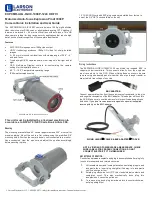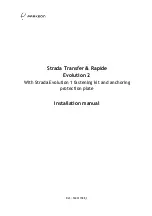
51
Advanced Operations
3
ISO Speed
ISO speed is an index number representing the photosensitivity of silver-halide film. Digital
cameras do not use film, but their photosensitivity is commonly described in terms of “ISO
equivalent” speed settings. (
→
130)
The higher the number, the greater the sensitivity. Higher speeds are better for taking pictures
of moving subjects or in dim light, but the pictures will also contain more noise and so will be
less sharp. Conversely, lower speeds are less suited to moving subjects or dim conditions, but
produce sharper, more detailed images.
The Canon EOS D60 provides ISO-equivalent speed settings from ISO 100 to ISO 1000, in
full-stop increments. The default setting is ISO 100.
1
Select [ISO speed].
●
Press the < MENU> button.
●
Turn the <
> dial to select [ISO Speed],
then press the <
> button.
2
Set the ISO speed.
●
Turn the <
> dial to select the desired
ISO speed, then press the <
> button.
➡
The selected ISO speed is entered, and the
screen returns to the Menu.
●
Press the < MENU> button to clear the
screen and exit the Menu.
You can set the ISO speed by pressing the <
> button and turning the <
> or
<
> dial as you look at the LCD panel. (C.Fn-12-2
→
126)
●
The higher the ISO speed, the more noise the image will contain and the larger
the image file size will be. Therefore, setting a higher ISO speed will reduce the
number of images that the CF card can store. On the LCD panel, you can check
the number of images the CF card can hold. (
→
16)
●
Taking pictures under a high temperature, at a high ISO speed, or with a long
exposure may cause irregular colors in the image.















































